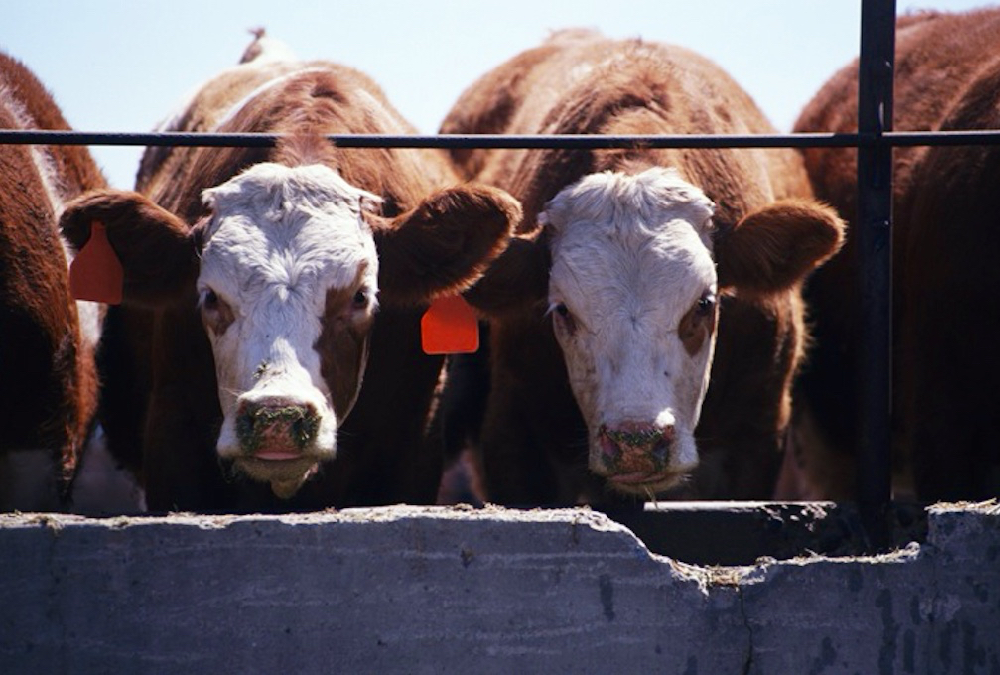New federal standards for the composition of cheese are expected to allow more milk products to be used to make cheeses and to specify what can go into “aged” cheddars and other varieties.
Amendments announced earlier this summer and published Wednesday in the Canada Gazette to take effect in late 2008 will cut out inconsistencies between the federal Dairy Products Regulations (DPR) and the Food and Drug Regulations (FDR) on what products can go into cheese production.
For example, the current food and drug rules allow only milk, skim milk, partly skimmed milk, butter milk, whey cream and cream (or concentrated, dried or reconstituted versions of those products) to be used to make cheese. The current dairy products rules, on the other hand, allow all those as well as whey, butter, butter oil, whey butter, whey protein concentrates and other milk solids.
Read Also

U.S. livestock: Profit-taking pressures cattle futures
Cattle futures on the Chicago Mercantile Exchange were weaker on Friday, with chart-based positioning a feature as the market continued…
“Technological advances in cheese making have made possible the inclusion of higher levels of milk solids in the manufacture of cheese,” so fewer cheeses are made just using the products from the FDR list, the government said.
The new rules are to come into effect one year from Dec. 13, 2007, to give cheese makers and importers the time they need to adapt to these changes, the government said. Cheese will have to meet the standard in force at the time of manufacture, regardless of the length of time aged.
The government noted that Canada’s dairy industry in Canada has been one of the “slower growing sectors of the food processing industry, with typically static or declining growth over the last 15 years.” Canadian cheese, however, has seen a 24 per cent rise in production and a 31 per cent rise in specialty cheese consumption between 1994 and 2005, proving to be a significant growth area for the dairy sector.
Cheeses
Among other changes included are specific requirements for “aged” cheddar cheese. Aged cheddar must be made from milk, be aged for at least nine months, and specify on the label the length of time aged. Consumers, the government said, will be able to differentiate aged cheddar from cheddar.
The amendments also introduce a compositional standard for pizza mozzarella and part skim pizza mozzarella. The government said the food manufacturing sector needs a category of mozzarella that can meet “complex specifications” for use in processing and preparation.
The revisions will also lay out criteria for “varietal” cheeses such as Havarti, Brie and Colby that contribute to the smell, taste, texture and physical properties that cheese consumers associate with a given variety, by setting minimum percentages of proteins that must come from milk. They also maintain the “essential chemical characteristics and nutritional composition” of the cheeses in question.
Provisions have also been added since the new amendments were “pre-published” back in June, to cover lower-fat cheeses and to clarify that ultra-filtered milks are allowed as ingredients for cheese, the government said.
The amendments will also require licensing of cheese importers, allowing the Canadian Food Inspection Agency to work with importers to verify that imported cheese meets the same regulatory standards as domestic cheese.















